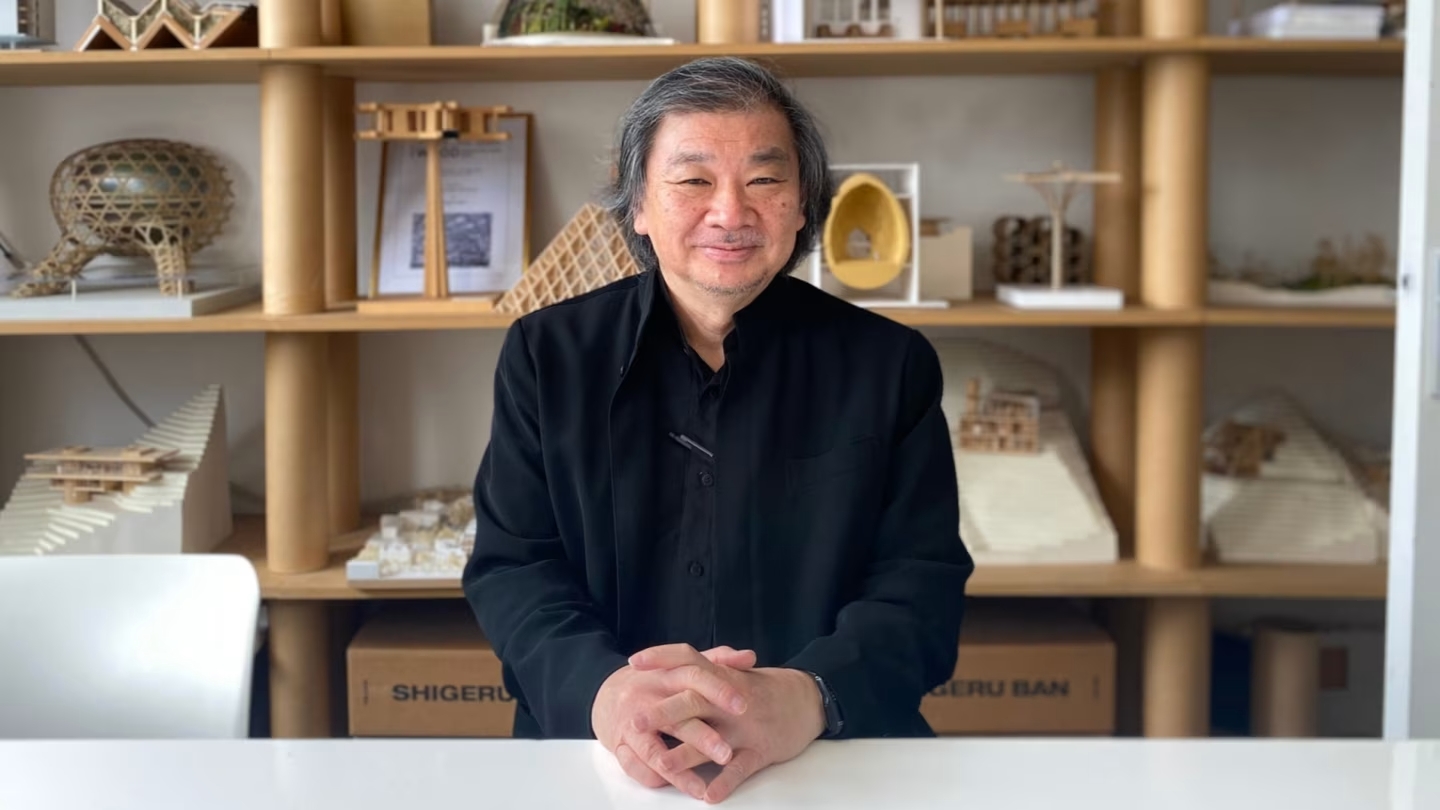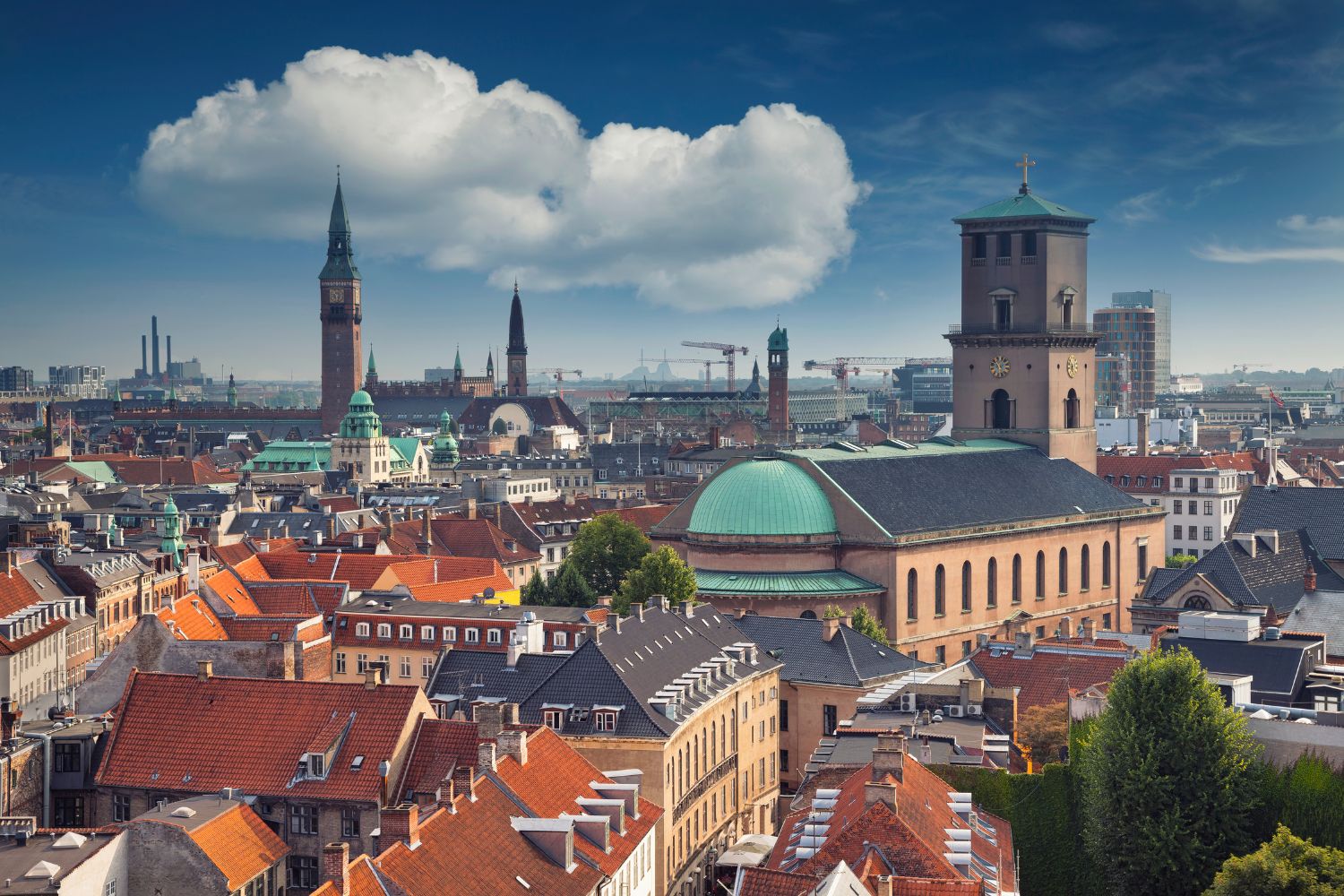- Home
- Articles
- Architectural Portfolio
- Architectral Presentation
- Inspirational Stories
- Architecture News
- Visualization
- BIM Industry
- Facade Design
- Parametric Design
- Career
- Landscape Architecture
- Construction
- Artificial Intelligence
- Sketching
- Design Softwares
- Diagrams
- Writing
- Architectural Tips
- Sustainability
- Courses
- Concept
- Technology
- History & Heritage
- Future of Architecture
- Guides & How-To
- Art & Culture
- Projects
- Interior Design
- Competitions
- Jobs
- Store
- Tools
- More
- Home
- Articles
- Architectural Portfolio
- Architectral Presentation
- Inspirational Stories
- Architecture News
- Visualization
- BIM Industry
- Facade Design
- Parametric Design
- Career
- Landscape Architecture
- Construction
- Artificial Intelligence
- Sketching
- Design Softwares
- Diagrams
- Writing
- Architectural Tips
- Sustainability
- Courses
- Concept
- Technology
- History & Heritage
- Future of Architecture
- Guides & How-To
- Art & Culture
- Projects
- Interior Design
- Competitions
- Jobs
- Store
- Tools
- More
Foster + Partners Advances Sustainable Housing in Switzerland
Foster + Partners has gained approval for a timber residential development in Gstaad, Switzerland. Blending living areas with exhibition, storage, and social spaces, the project introduces a new hybrid typology that reflects both cultural engagement and environmental sensitivity, establishing a contemporary landmark in the Alpine landscape.

Foster + Partners is a global studio for architecture, urbanism, and design, founded by Norman Foster. The practice is known for its innovative and sustainable projects that span a wide range of scales and sectors, from cultural institutions and residential buildings to infrastructure and masterplans. With offices worldwide, the studio operates as a multidisciplinary team, integrating architecture with engineering, product design, and urban planning. Most popular works include the Reichstag, Apple Park, the Millau Viaduct, and the Bloomberg European Headquarters which received the Stirling Prize in 2018.

The studio, which has always stood out with its sustainable and pioneering designs, has now secured planning approval for a new timber residential development in Switzerland. Conceived as both a private residence and a cultural venue, the building combines living areas with exhibition, storage, and social spaces. According to the design team, it will be the first purpose-built facility in the Alpine resort town tailored to house fine art, automobiles, fashion, and antique collections within a single architectural framework.
Table of Contents
ToggleContext and Setting
Located in a valley near the renowned ski resort, the project has been carefully designed to respond to its Alpine setting. The building follows the contours of the terrain with a sloping façade and flat roof, creating a form that integrates into the surrounding landscape. An inclined ramp provides access for both vehicles and pedestrians, establishing a continuous route that connects all levels of the structure.

Program and Layout
The ground floor of the building features an exhibition space designed to host public events and seasonal programs. Large openings allow the interior to merge with the outdoors during the summer months, enhancing connections with the surrounding valley.
Above, the upper levels contain a series of private galleries with climate-controlled conditions, suitable for preserving and displaying sensitive works of art and collectible items. These spaces are supported by a highly specialized conservation strategy, ensuring the collections remain secure and carefully maintained.

Social and Private Spaces
The top floor introduces a social dimension to the project with a members-only club. Here, visitors will find indoor lounges, a private dining room, and a roof terrace offering panoramic views across the valley. Supported by a dedicated kitchen, the club is designed to accommodate intimate gatherings as well as larger cultural events.
Below ground, 3000 square meters of dedicated storage space provides customized environments for valuable collections. The facility is supported by in-house specialists who will oversee conservation needs and tailor storage conditions to individual requirements.

Materiality and Design Approach
The building’s timber facade is clad in local larch, a material choice that grounds the design in its Alpine context. The facade also plays an environmental role, diffusing natural light into the interiors while framing expansive views of the surrounding mountains.
“Our design generates a spectacular arrival experience, as the building comes into view from the road,” explains Kirsten Scott of Foster + Partners. “Its facade is made from local larch and diffuses natural light into the spaces above ground, while providing panoramic views of the valley. An integrated ramp activates the whole building, with continuous circulation from the ground level to the penthouse.”

A Hybrid of Culture and Living
The Gstaad project embodies Foster + Partners’ ongoing exploration of hybrid typologies, where residential, cultural, and social functions intersect. By blending living spaces with public programs and private collections, the design establishes a unique model for how architecture can support both personal and cultural engagement in a single location.
The Gstaad house demonstrates Foster + Partners’ ability to merge architectural innovation with cultural and environmental sensitivity. By integrating residential, exhibition, storage, and social spaces under one roof, the project creates a new typology for the Alpine context—one that is both functional and experiential. Its timber construction, local material palette, and respect for the natural setting reinforce the studio’s commitment to sustainable design, while the programmatic diversity positions the building as more than a private residence. Instead, it becomes a cultural landmark for Gstaad, reflecting how contemporary architecture can respond to the needs of collectors, communities, and the surrounding landscape alike.
- Alpine architecture
- architectural innovation in Switzerland
- architecture for art collections
- architecture for collectors
- contemporary Alpine design
- cultural architecture Switzerland
- Foster + Partners
- Foster + Partners Gstaad
- Foster + Partners projects
- hybrid residential typology
- larch timber facade
- modern timber buildings
- Norman Foster architecture
- residential and cultural hybrid design
- sustainable architecture in Gstaad
- sustainable timber design
- timber residential architecture
Submit your architectural projects
Follow these steps for submission your project. Submission FormLatest Posts
Zaha Hadid Architects Wins Modular Hospital Design Competition in Italy
Zaha Hadid Architects has won an international competition to design a new...
Shigeru Ban Won the 2026 AIA Gold Medal for His Humanitarian Vision
Shigeru Ban has been awarded the 2025 American Prize for Architecture by...
Pantone Color of the Year 2026: Cloud Dancer and Its Architectural Resonance
Pantone’s selection of PANTONE 11-4201 Cloud Dancer as the Color of the...
Copenhagen Named the Happiest City in the World in 2025
Copenhagen has been named the happiest city in the world in 2025...












Leave a comment